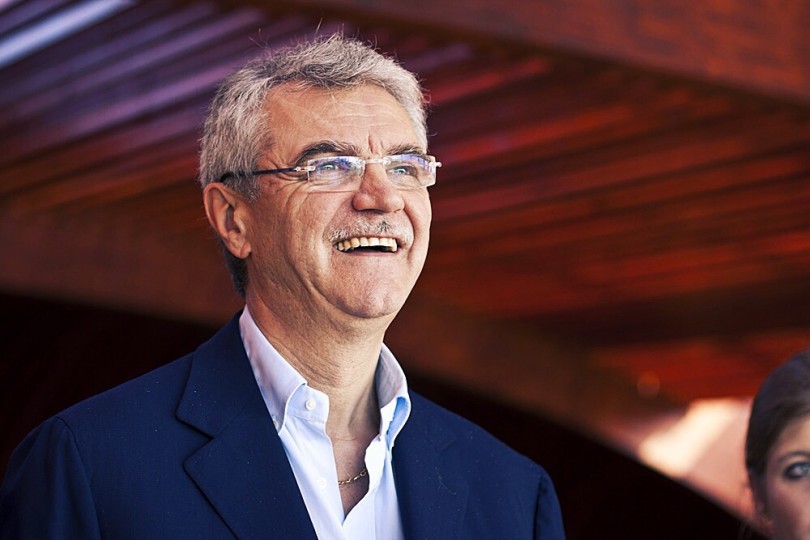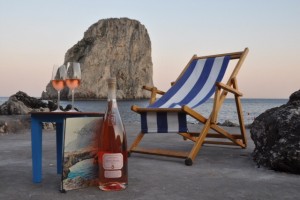“I’ve been saying this for so many years now: the climatology and the unique soil and climate of Valtènesi deserves to be communicated to the world with greater determination. And after a period of great efforts made by the Consortium, we’re getting confirmation that the market was actually expecting an area historically suited for Rosé “.
These are the words of Mattia Vezzola, leader of Costaripa, one of the leading brands of the territory of Valtenesi, on the Brescia side of Lake Garda. Recently voted Best Winemaker of the Year by the Association of German sommelier at the last edition of Prowein in Dusseldorf ( “It ‘s the fourth time I’ve been given this title by different realities and associations and I must say it is always a pleasure”), the famous producer, known also for its work in near Franciacorta with prestigious brand Bellavista, has no more doubts about the developments in the short to medium term of viticulture of Valtènesi. “In the future of Valtènesi I see rose in every sense. The map of Italian wine is now defined, and it is clear to all what are the best production areas for red, for white wines, sparkling wines, even for dessert wines. The Valtènesi is meant to fill the void with regard to the identification of a rosé production area. The consumer today is more and more intelligent and informed, and therefore he chooses not only according to the pleasure but also according to the true vocation of a territory: and Valtènesi is not a marketing invention, because here we’ve been making rosè wine at least since 1896. So what I say to all the people, friends, clients with whom I discuss about wine is this: if you want a rose, choose a Valtènesi Rosé “.
Yeah, you read right. Rosé. Not Chiaretto. “I’m sorry but I don’t use the term Chiaretto anymore. It is too difficult to invest time to explain that in the end Chiaretto is nothing if not a rosé wine. Without thinking that an importer, for example, must use the same energy to explain the same concept to its consumer. And so I said to myself: why not use an international concept, already known and obvious to all, focusing instead on the development of the area of origin? ”
Costaripa now produces 130,000 bottles of Valtènesi Rosamara Rosé: a production almost doubled in the last five years, to which we should add 90,000 bottles of Brut Rosé: it’s 220,000 bottles on a total production of 430 thousand “pieces”. “We are already at 50%, but the goal is to get to 500,000 bottles of which at least 70% of rosé, because this is the percentage required for a winery to be identified correctly by the market.” The economic indicators confirm that this “drink pink” philosophy is the right one: sales of Costaripa rosé, in early 2015, have experienced a rise of 61%, while exports to the States took off from 200 cases four years ago to 1,500 today.
“There is a commonplace in the world of wine, according to which no one produces red grapes of high quality to make a rosé: unless the pressure does not come from history and vocation, just as it is the case in Valtènesi. Where these factors are not presente, rosé is only a color, not a wine. Take the Provence, which in 25 years has gone from 65 million to 220 million bottles of rosé: it happened because they do an amazing product, dictated by a vocation that is essential to make a great wine with constancy. And I’m willing to bet: in the space of one generation the Rosé Revolution will happen here too. ”
The bottle.
The Costaripa Rosé “Rosamara”, of course. Drink it, recommends Vezzola, “wherever there is water: on the lake beaches, during a boat trip, in the weekend relaxing by the pool. All situations in which, now that summer is coming, there can be nothing better than a glass of rosé. ”



Leave a Comment